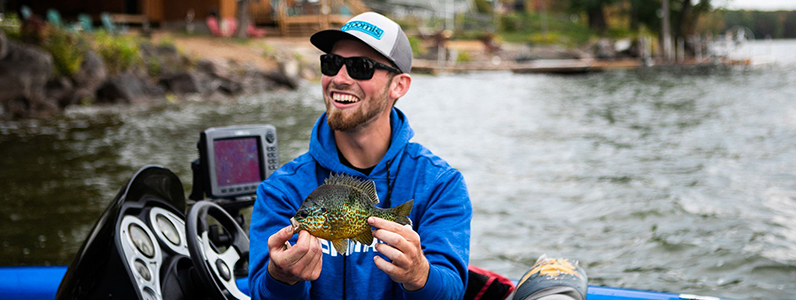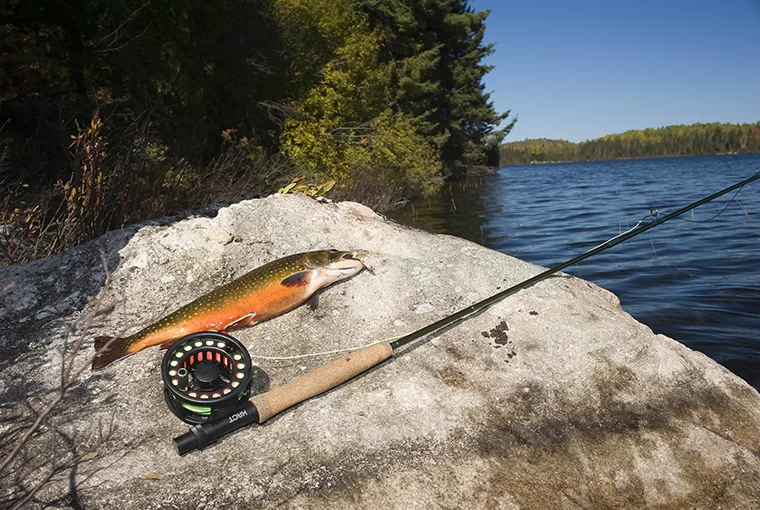ECO-FRIENDLY TRAVEL TIPS
Here’s why and what you can do.
We’ve all enjoyed the bounties of a good day on the water with friends and family; catching, cleaning, and eating our fish. But, factors such as temperature, stress, and dispatch method could be preventing your fish from tasting its best.
Here’s why and what you can do about it.
Stress impacts fish taste
When fish are caught, exercised during angling, handled, and exposed to air, they experience stress ― a physiological response that involves the release of hormones and other substances. These hormones circulate in the blood of the fish and enter the meat. Stress hormones make the meat taste worse, change the fillet colour, and even decrease its shelf life. We’ve all used stringers, crowded our livewells, or tossed our fish on the ice while angling hard water. However, to get the best quality food, dispatch your fish quickly and consider these handling practices – your palate will appreciate it.

How to dispatch a fish
The most common way to dispatch is by stunning or bonking, a forceful and accurate blow to the head with a blunt object. Though not as widespread as bonking, spiking (also known as ‘ikijime’) involves driving a sharp spike (ice pick, or sharp knife) into the brain of the fish. Due to inherent safety risks, it may be best to avoid this technique.
After it has been killed, a best practice is cutting the throat or gills to bleed it out. This reduces spoilage and deterioration of meat. “This will help remove some of the fishy flavor and keeps the fillets nice and clean,” OOD Food Editor Andrew Rochon said.
Handle with care
Temperature is the most critical factor that anglers can control and the most influential variable affecting tissue degradation and spoilage.
Commercial fishers ice their catch as soon as possible. Have a well-insulated cooler filled with ice on hand. Rochon agreed. “It’s important to get that fish on ice right away.”
Gutting and thoroughly cleaning your fish after its been dispatched reduces the activities of micro-organisms and the biological changes that occur in the stomach. Keep your catch, workspace, and storage container free from sources of contamination.
Next time you harvest a fish consider these best management practices, and remember to ‘bonk, cut, gut, and ice’ your fish.
Word from the chef
When you begin filleting, keep a bowl of ice water handy, noted Rochon. Once the fillets are skinned, soak them for 10-15 minutes. This will firm up the flesh. Then, pat the fillets dry and vacuum seal them. “The dryer the better. Extra water will crystalize in the vac bag and result in freezer burn,” he warned.
If you don’t have a vacuum sealer, put the fish in a zip-lock bag filled with water. The water will protect the fillets and seal them in the ice, but you may lose a bit of flavour and texture this way.
A fish properly cleaned and stored can stay good for two to four days in the fridge and three to six months in the freezer.
Originally Published in the Ontario OUT of DOORS 2022 Fishing Annual.






